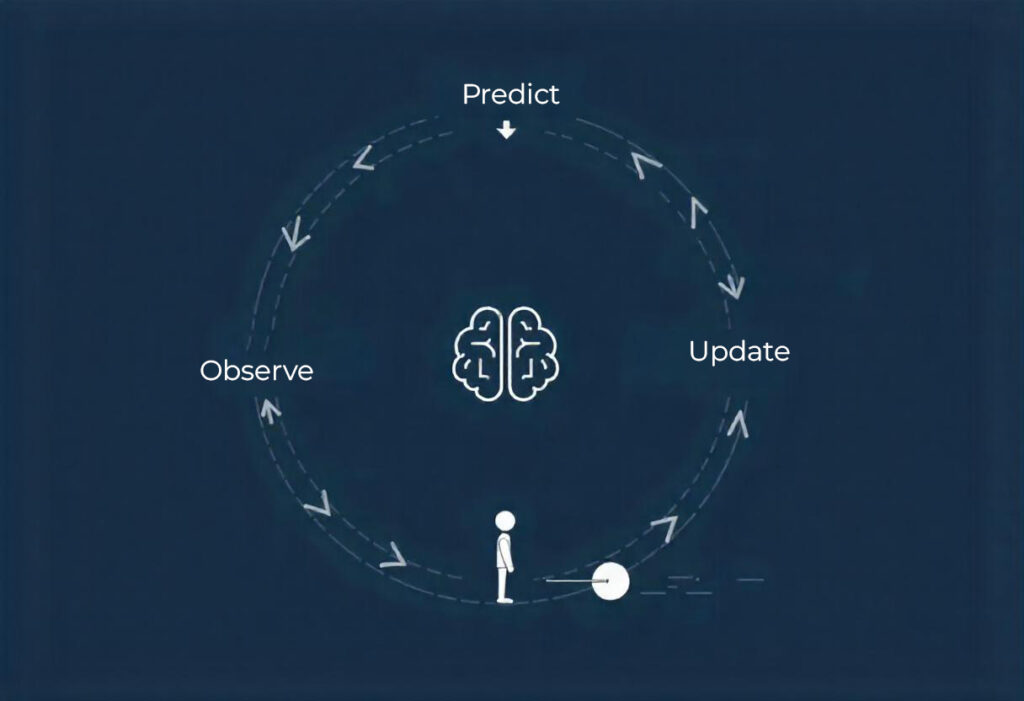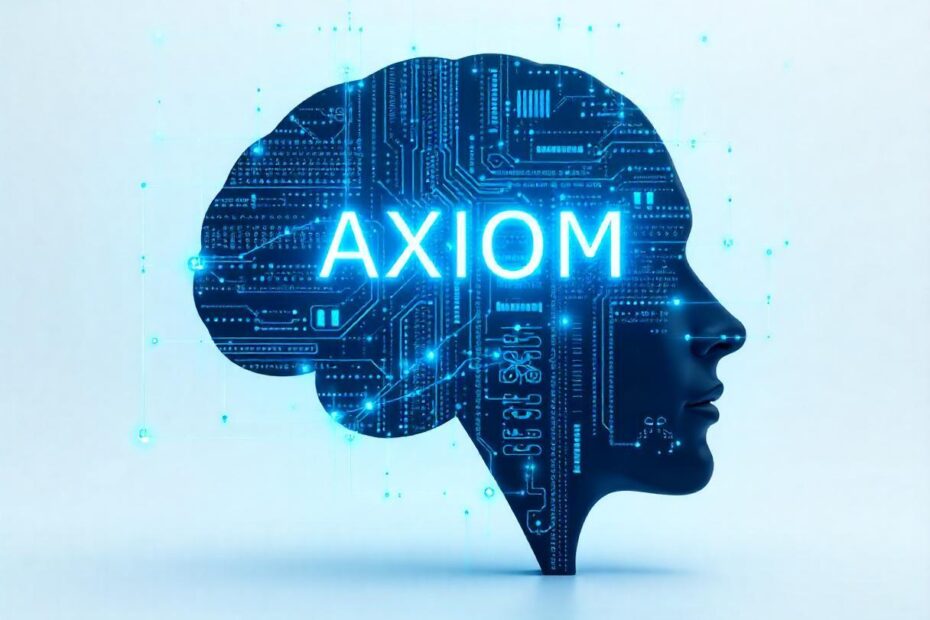Artificial intelligence is at a crossroads. While deep learning has dominated the last decade with its ability to power everything from image recognition to large language models, a new paradigm may be emerging—one that takes inspiration from the human brain in a more fundamental way. It’s called Axiom, and it’s a bold alternative that may revolutionize how AI agents learn, reason, and act in the real world.
Developed by Verses AI, Axiom represents a departure from traditional artificial neural networks, which, although inspired by the brain’s wiring, diverge significantly from actual biological processes. Instead, Axiom draws from cognitive neuroscience, particularly the free energy principle, to guide AI behavior.

What Is Axiom and How Does It Work?
At its core, Axiom is built on the idea of active inference, a method where an AI system starts with some understanding of how objects in a given world behave and then constantly updates this model based on new observations. Rather than blindly experimenting like a neural network trained through trial-and-error reinforcement learning, Axiom forms internal predictions and adjusts its expectations as it perceives its environment—closely mimicking how human cognition operates.
This allows Axiom to perform impressively on a range of simplified video games such as “drive,” “hunt,” “jump,” and “bounce” using far less computational power and training data than typical deep learning methods. In an era when training LLMs and vision models often involves millions of dollars in GPU time, Axiom’s lightweight adaptability could be a game-changer.
A New Path to Artificial General Intelligence?
While today’s AI systems are data-hungry and often brittle outside their training domains, Axiom hints at a future where machines learn efficiently, generalize faster, and behave more like intelligent agents than pattern matchers.
According to Karl Friston—the neuroscientist behind the free energy principle and Chief Scientist at Verses—this approach is crucial for developing true agentic AI. This sentiment echoes the thoughts of François Chollet, creator of the ARC 3 benchmark designed to test general intelligence in machines. Chollet sees promise in Axiom precisely because it veers off the beaten path of current AI research and explores more brain-plausible routes to intelligence.
Why This Matters Now
Today’s leading models, from OpenAI’s GPT-4 to Google’s Gemini, achieve remarkable results—but not without trade-offs. Their learning methods are opaque, expensive, and far removed from how humans acquire knowledge. Axiom offers a fresh alternative that could power leaner, more context-aware AI agents—especially those embedded in physical or dynamic environments, such as autonomous vehicles, market simulations, or real-time robotics.
It’s a pivot from “data-saturation” AI toward “cognition-first” AI—where the emphasis is on understanding and prediction, not just brute-force memorization.
Applications Beyond Games
Verses AI CEO Gabe René reveals that a financial institution is already piloting Axiom to simulate market behaviors. That’s significant—it means this isn’t just theoretical research. If the system proves itself in the wild, Axiom could pave the way for enterprise-grade AI systems that are smaller, faster, and smarter than what deep learning alone can offer.
The architecture is deliberately designed to be like a “digital brain”—an agent that doesn’t just respond to data but anticipates it.
Final Thoughts
The future of AI may not lie in making neural networks bigger, but in making them smarter—more adaptable, efficient, and aligned with how real cognition works. Axiom is a timely reminder that innovation often means stepping away from the mainstream and revisiting the fundamentals of how we define intelligence.
Whether Axiom will be the beginning of a new AI wave or remain a niche innovation, one thing is certain: it’s forcing the tech world to reimagine what intelligence could be—not just in theory, but in the messy, unpredictable, real world.
To explore more brain-inspired AI innovations like Axiom, the evolving landscape of Google AI Search, and the creative leap enabled by the Veo 3 launch, visit GeekyFest or deep dives, emerging tech updates, and mind-expanding perspectives.
FAQs
Q: What makes Axiom different from traditional deep learning?
A: Unlike deep learning, which relies on vast datasets and brute-force pattern recognition, Axiom uses prior knowledge and prediction to model environments, learning through active inference rather than trial and error.
Q: What is the free energy principle?
A: It’s a theory from neuroscience suggesting that biological systems strive to minimize uncertainty or “free energy” in their environments. Axiom uses this principle to guide how its AI agents perceive and act.
Q: Can Axiom outperform deep learning models?
A: In tasks like game simulation and certain real-time predictions, yes. Axiom achieves strong performance with significantly fewer resources, though its scalability across diverse domains is still being tested.
Q: Is Axiom being used commercially?
A: Yes, at least one financial institution is testing it to model real-world market behaviors—indicating early traction beyond the lab.
Q: How does Axiom relate to AGI (Artificial General Intelligence)?
A: By focusing on efficient, generalizable learning rather than hyper-specific training, Axiom may be a more natural foundation for developing AGI in the future.


